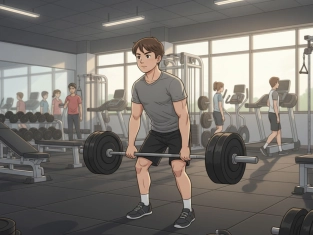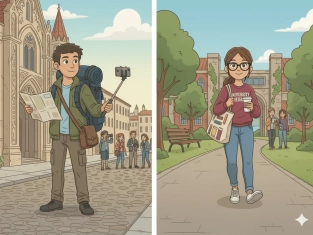Relative Clauses
Table of Contents
Exercises
Explanation
What Are Relative Clauses?
Relative clauses help connect ideas or add interesting details without starting a new sentence.
Example: The girl who lives next door is my friend.
Relative Pronouns
We use relative pronouns to join sentences together.
|
Refers to |
Relative Pronoun |
Example |
|
People |
who / that |
I met a man who plays the guitar. |
|
Things |
which / that |
I have a bike that is very fast. |
|
Possession |
whose |
She is the girl whose dog is lost. |
|
Places |
where |
That’s the café where we met. |
Two Types of Relative Clauses
Defining Relative Clause
Gives important information about the noun. We do not use commas.
Example: The students who study hard pass the test.
(If we remove the clause, the meaning changes.)
Non-defining Relative Clause
Gives extra information that is not necessary to understand the main idea. We use commas around the clause.
Example: My uncle, who lives in Canada, is visiting us next month.
(If we remove the clause, the sentence still makes sense.)
Relative Pronouns in Action
-
When the pronoun is the subject
The dog that barks every night is mine.
The woman who teaches English is very kind.
-
When the pronoun is the object
We can often leave it out.
The book (that) I read was amazing.
The man (who) you saw is my boss.
Using “Whose” for possession
We use whose to show that something belongs to someone.
Examples:
The boy whose phone rang was embarrassed.
That’s the artist whose paintings are famous.
Prepositions in Relative Clauses
Some verbs need prepositions (like to, for, with). In relative clauses, the preposition often comes at the end.
Examples:
The town (that) I was born in is very old.
The people (who) I work with are great.
The chair (that) she is sitting on is broken.

